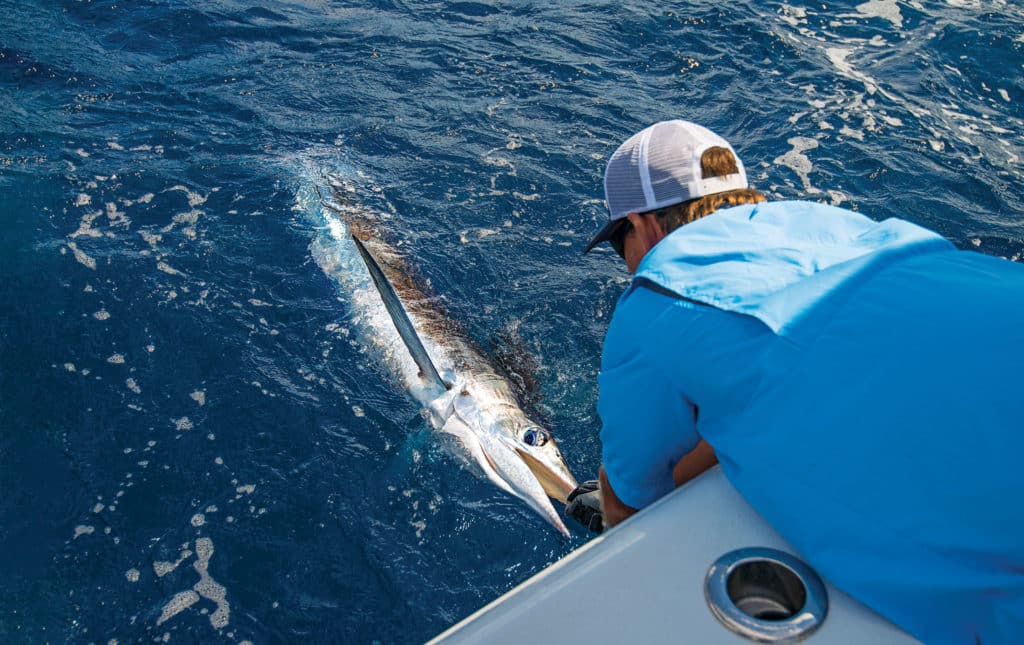
As the son of an accomplished South Florida charter captain, Casey Hunt got an early education on the water. He saw what it took to win marlin and wahoo tournaments.
“Winning the Pompano Beach Fishing Rodeo at 15 and drift-boat-fishing the Pompano Rodeo, the thing that stood out was preparation, preparation, preparation. When preparation meets opportunity, you catch that fish. It’s the littlest things that make the difference,” Hunt says. “Each time a line goes in the water, the hooks, the knots, everything should be perfect. You’ve got to spend that extra time because that is going to catch you more fish.”
A few years ago, Hunt moved to Key West, where he operates CN-It Adventures with his partner, Capt. Natalie Rarick, chartering, tournament fishing, and plying skills gained on a range of species and in a variety of habitats, from Venezuela to Montauk.
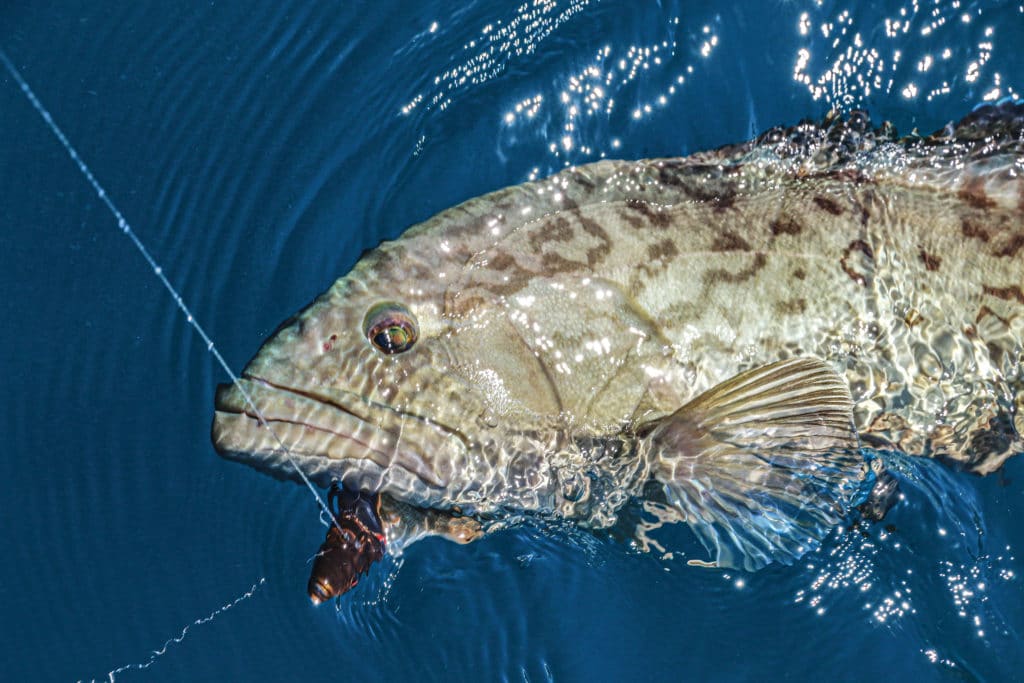
Start at the Bottom
“Knowing the bottom in the areas you’re going to fish is huge,” Hunt says. Good bottom attracts bait, which attracts gamefish. “It makes a difference, whether you’re sailfishing, kingfishing or grouper fishing.”
He’s a longtime believer in CMOR Mapping—available for Simrad, Lowrance, Raymarine and Furuno chart plotters and Mercury VesselView—which provides a detailed look at everything on the bottom. “It is the most lethal weapon now. It honestly takes away the need for a GPS if you’re fishing the bottom. It’s way more effective.”
Hunt also looks for temperature breaks, no matter how small. His crew once caught 13 sailfish where the water temperature went from 75 degrees to 75.7 degrees. That’s where the bait was, and so were the billfish.
“A tenth of a degree—two-tenths of a degree—can make a huge difference because there’s something there, there’s something going on. Something’s getting ready to happen,” he explains.
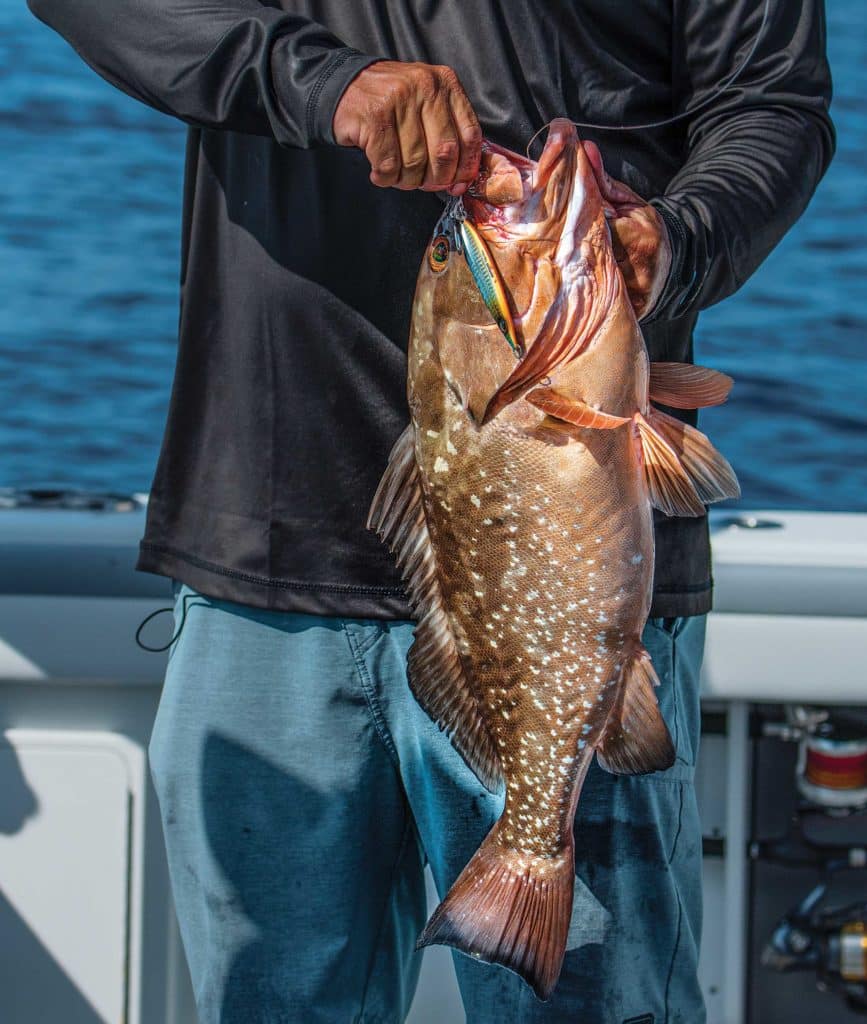
Work Up
Hunt is a proponent of using the lightest tackle possible. His outfit for sailfish and kingfish is an Accurate Valiant 600 conventional reel with a 7-to-1 gear ratio, and a 7-foot light-tip Accurate rod.
He puts 450 to 500 yards of 30-pound Momoi Diamond Braid on the reel, followed by a 250-yard top shot of 20-pound Momoi Diamond Illusion, a green “super-tough” monofilament, and 50-pound fluorocarbon leader. He uses the same rod and reel with 30-pound line for white marlin in North Carolina and Maryland.
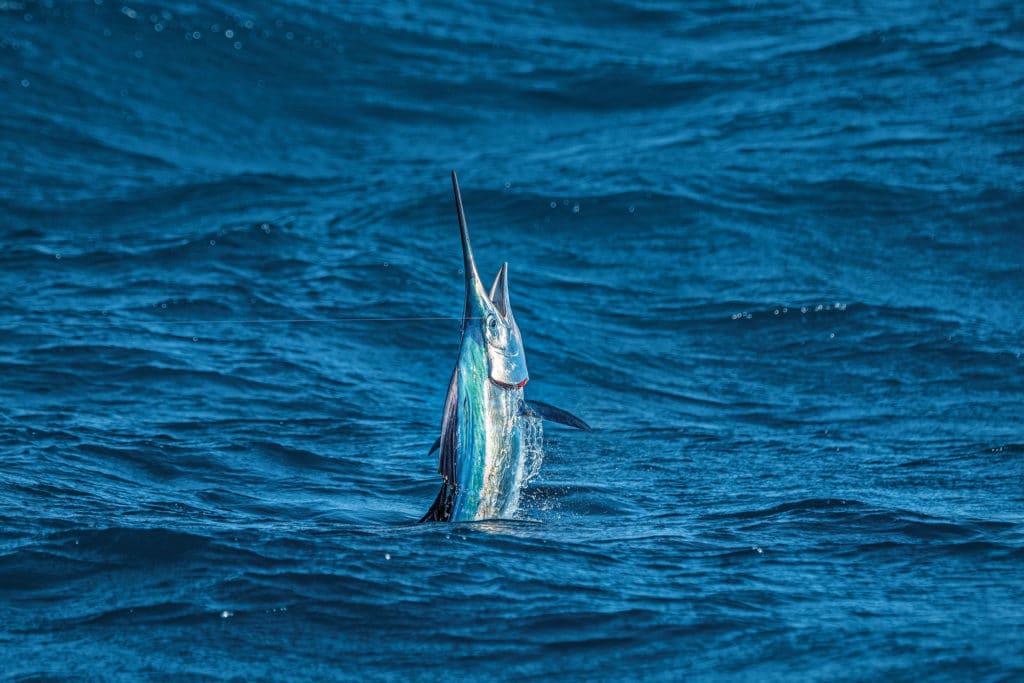
Always looking for an edge, Hunt recently started using the FG knot to connect braid backing to the mono top shot, as well as when he ties braid directly to a fluoro leader. The FG knot is exceptionally strong and goes through the rod guides smoothly.
Hunt’s preferred sailfish baits are goggle-eyes and threadfin herring. If possible, he uses sardines as pitch baits for fish he can see. For wahoo, Hunt goes old-school with dead bait, or he opts for lifelike lures.
“My dad and I trolled ballyhoo for wahoo in the Bahamas at 12 knots,” Hunt says. “Few do that because it’s too much work, but it pays off. In Palm Beach or Key West, we fish at 10 knots with bonito strips and ballyhoo.”
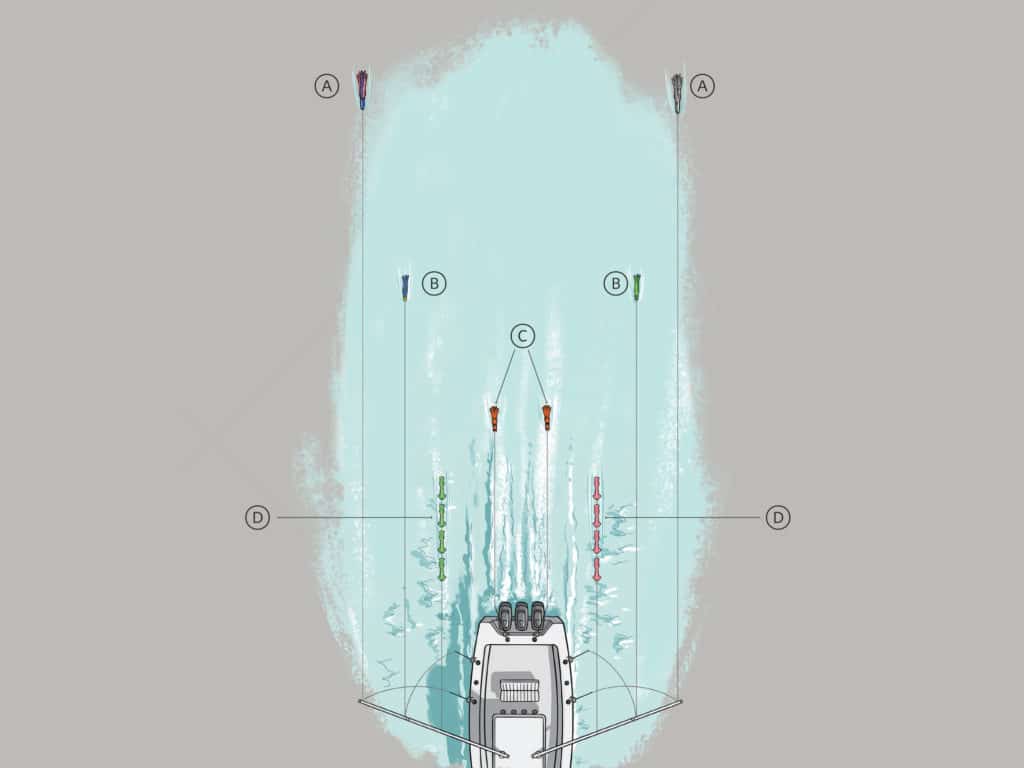
Trolling for blue marlin, Hunt uses Moyes lures “because they’re perfectly balanced, designed for different speeds, and swim like a baitfish,” and MoldCraft Softheads. “My biggest tournament wins have come on a Softhead lure,” he says.
His marlin spread runs a pair of Moyes 16-inch Plungers 200 feet behind the boat; two Moyes 12-inch J-Boy No. 6 lures 100 feet back; and two Softhead 12 ½-inch Senior Wide Ranges 50 feet behind the boat and 20 feet behind squid-chain teasers, one green and one pink.
“Here’s the key,” Hunt says. “You want to go no longer than three seconds without seeing the lure pop. Pop, smoke, pop, smoke is just about perfect. I troll at 8 knots, but we’ll change speeds according to the conditions.”
Hunt fishes the long and middle lines from the outriggers. The flat lines are fished from transom clips. His favorite lure color is black-and-purple, and he also uses black-and-orange, pink-and-blue, and black-and green. He rigs the lures with a 10/0 tuna hook.
Read Next: Prepping Small Boats for Offshore Fishing
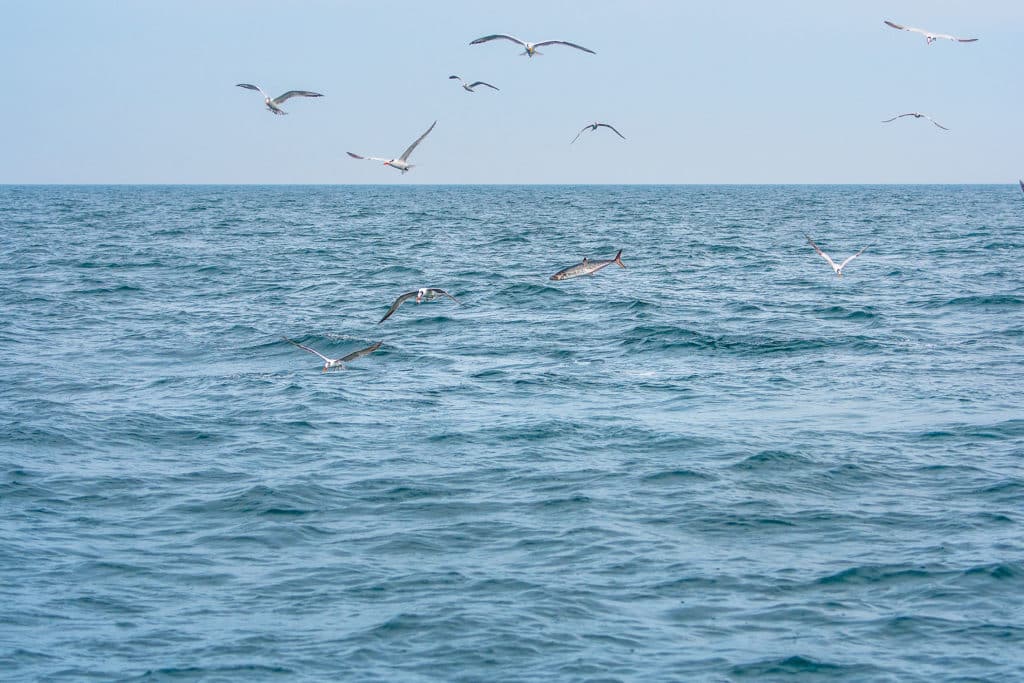
Kingfish Co-Op
Before a tournament, Hunt calls commercial fishing friends to find out where the kingfish are biting and what they’re eating. Once he deploys lines, each angler is responsible for one rod.
“You have a certain rod, don’t leave it,” Hunt tells them. “Even if there’s a bite on another rod, don’t confuse things and pick it up.”
When a fish is hooked, the angler holds the rod high and moves to the bow so Hunt can see what the fish is doing. Meanwhile, the other anglers pick up their rods in the hopes of another bite as Hunt returns to where the hooked fish hit. The same person gaffs every fish, with a dedicated backup gaffer standing by.
When a kingfish skyrockets on a bait, Hunt advises to reel the line tight. If there is slack in the line, the bait swims in circles, which creates a bow in the line. When a kingfish eats the bait, its sharp teeth might also cut the loose line. But that’s not likely to happen with a tight line.
When it comes time to move and reel in the lines, Hunt instructs his anglers to work the baits rather than mindlessly cranking them in. It’s best, he says, to reel them in a little, then hesitate before reeling again.
“Sometimes you’ll get a good bite like that, right at the end,” says Hunt, who is always prepared when that unexpected bite happens.









